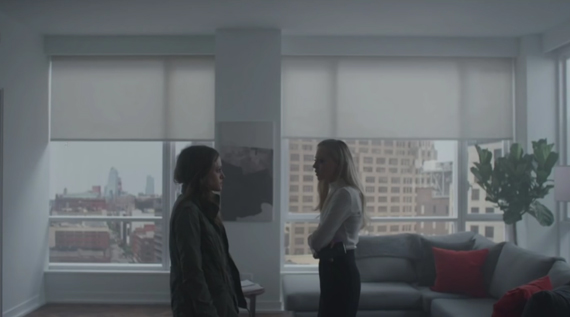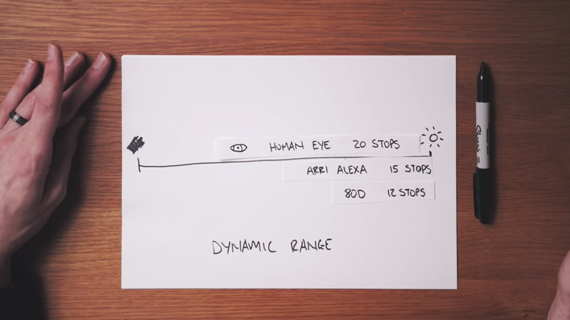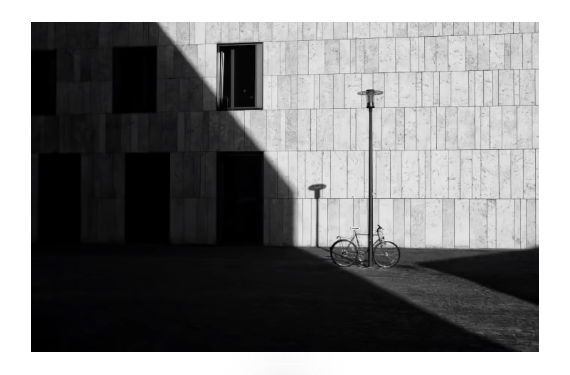You’ve probably come across a lot of articles and books that discuss photography as an art or technical exercise. In this video, photographer Sean Tucker associates photography with life and tells us how he considers photography to be a spiritual practice:
“Recently, a lesson I was learning about capturing light also held some timely truths for my own life as I was struggling with motivation as a freelancer. I hope sharing it here helps you in your own photography, film making, or life in general.”
Tucker starts with the example of classic movie scenes that you like. One thing that all of them have in common is that they’re shot with the highlights protected. For instance, the sky and the clouds are shot with immaculate details just like we’d see with our eyes. Not that blowing out highlights while taking photos is a bad thing. It all boils down to your creative choice. But when we see images the same way we’d see a scene naturally, we feel that they’re good quality. This is the exact reason why camera manufacturers boast about the greater dynamic range of their sensors so that photographers can capture as many details in the shadows and highlights as possible. But even with greater dynamic range, you need to start by first protecting the highlights and then keep as much information in the shadows as possible.

Notice how the highlights outside the window have been protected.
Human eyes have a dynamic range of about 20 stops (i.e. our eyes can see details in conditions where there is a difference of 20 stops between the brightest and the darkest scene), and that’s a lot. However, cameras aren’t so capable. Tucker’s Canon, for instance, has a dynamic range of only about 12 stops. If you use the 80D in auto to shoot something like a sunset, it will lose the details in the highlights and shadows.

Comparison of dynamic range
On the other hand, if you go full manual and adjust the settings to capture details on the highlights, you’ll end up losing shadow details. By using a camera with greater dynamic range, you can capture such contrasting scenes with a greater tonal range. Therefore, the key is to expose for the highlights and let others follow.
In photography, by keeping your subjects in the highlights and then exposing your shot for the highlights, you can draw the viewers’ attention immediately to the main subject and use the underexposed area as a frame or a negative space to draw viewers to the subject.

Using shadow as a negative space to put more emphasis on the subject
Tucker discusses how the idea of protecting highlights can be interlinked with our daily life as well. Human beings have evolved to pay close attention to the negatives and dangers around us and let the positives slip away. If we can just hold on to the positive thoughts in our conscious minds for just 10 seconds, we can create a balance within ourselves.
“Any kind of pursuit requires a mental discipline so you can preserve your motivation and stave off despair. So whether it’s your photography or your film making or just your life in general, protect your highlights.”
Go to full article: Highlight Protection in Photography and Life
What are your thoughts on this article? Join the discussion on Facebook
PictureCorrect subscribers can also learn more today with our #1 bestseller: The Photography Tutorial eBook
The post Highlight Protection in Photography and Life appeared first on PictureCorrect.
from PictureCorrect http://bit.ly/2HSGOmZ
via IFTTT






0 kommenttia:
Lähetä kommentti